这篇文章主要介绍“MySQL中LAG()函数和LEAD()函数如何使用”的相关知识,小编通过实际案例向大家展示操作过程,操作方法简单快捷,实用性强,希望这篇“MySQL中LAG()函数和LEAD()函数如何使用”文章能帮助大家解决问题。
从MySQL8之后才开始支持窗口函数
<窗口函数> OVER ([PARTITION BY <用于分组的列>] ORDER BY <用于排序的列>)lag和lead分别是向前向后的意思
参数有三个。expression:列名;offset:偏移量;default_value:超出记录窗口的默认值(默认为null,可以设置为0)
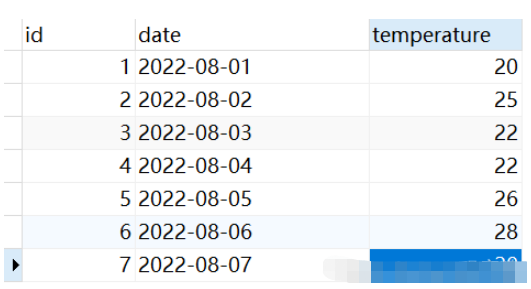
1、LAG()函数:统计与前一天相比温度更高的日期Id
我们先按照日期进行排序,然后找到当天比前一天温度高的id;使用lag()函数,将温度向后推一天。
select id, date, temperature, LAG(temperature, 1, 0) OVER (order by date) as temp FROM weather查询结果:
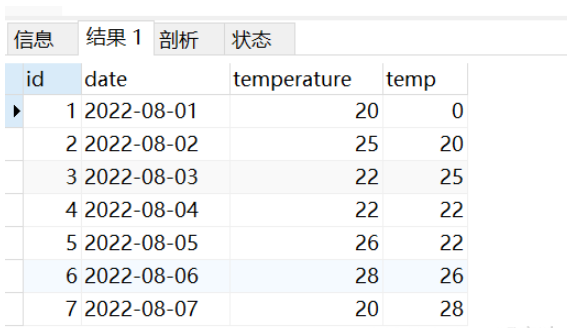
然后将temperature大于temp 并且temp不等于0的数据挑选出来
select id from (select id, date, temperature, LAG(temperature, 1, 0) OVER (order by date) as temp FROM weather) tmp where temperature>temp and temp != 0;结果如下:
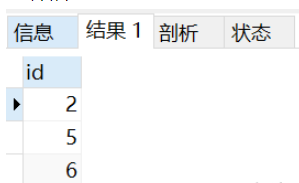
2、LEAD()函数:统计与后一天相比温度更高的日期Id
我们还是先按照日期进行排序,然后找到当天比后一天温度高的id;使用lead()函数,将温度向后推一天。
select id, date, temperature, LEAD(temperature, 1, 0) OVER (order by date) as temp FROM weather查询结果:
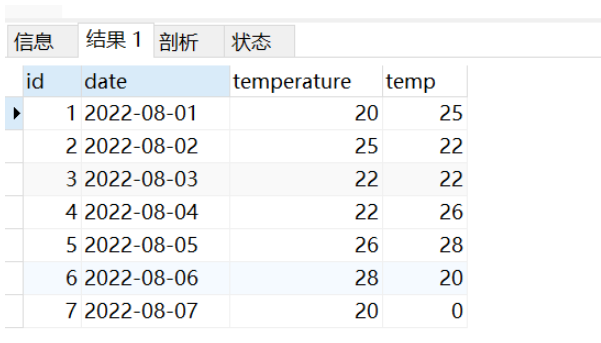
然后将temperature大于temp 并且temp不等于0的数据挑选出来
select id from (select id, date, temperature, LEAD(temperature, 1, 0) OVER (order by date) as temp FROM weather) tmp where temperature>temp and temp != 0;查询结果:
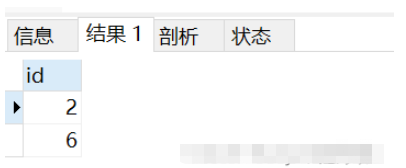
DROP TABLE IF EXISTS `weather`;
CREATE TABLE `weather` (
`id` int(11) NOT NULL,
`date` date NULL DEFAULT NULL,
`temperature` int(11) NULL DEFAULT NULL,
PRIMARY KEY (`id`) USING BTREE
) ENGINE = InnoDB CHARACTER SET = utf8 COLLATE = utf8_general_ci ROW_FORMAT = Dynamic;
-- ----------------------------
-- Records of weather
-- ----------------------------
INSERT INTO `weather` VALUES (1, '2022-08-01', 20);
INSERT INTO `weather` VALUES (2, '2022-08-02', 25);
INSERT INTO `weather` VALUES (3, '2022-08-03', 22);
INSERT INTO `weather` VALUES (4, '2022-08-04', 22);
INSERT INTO `weather` VALUES (5, '2022-08-05', 26);
INSERT INTO `weather` VALUES (6, '2022-08-06', 28);
INSERT INTO `weather` VALUES (7, '2022-08-07', 20);
SET FOREIGN_KEY_CHECKS = 1;关于“MySQL中LAG()函数和LEAD()函数如何使用”的内容就介绍到这里了,感谢大家的阅读。如果想了解更多行业相关的知识,可以关注亿速云行业资讯频道,小编每天都会为大家更新不同的知识点。
亿速云「云数据库 MySQL」免部署即开即用,比自行安装部署数据库高出1倍以上的性能,双节点冗余防止单节点故障,数据自动定期备份随时恢复。点击查看>>
免责声明:本站发布的内容(图片、视频和文字)以原创、转载和分享为主,文章观点不代表本网站立场,如果涉及侵权请联系站长邮箱:is@yisu.com进行举报,并提供相关证据,一经查实,将立刻删除涉嫌侵权内容。